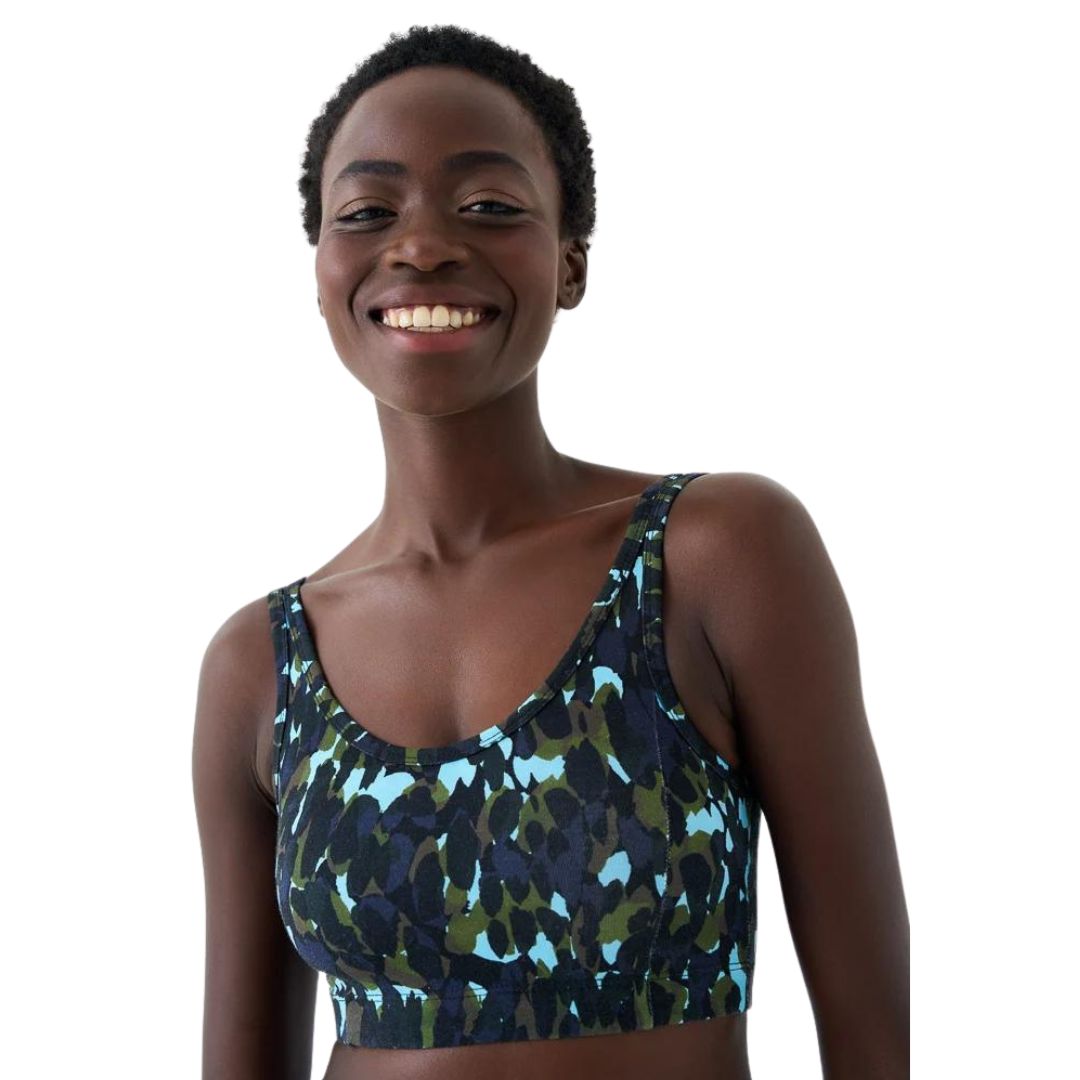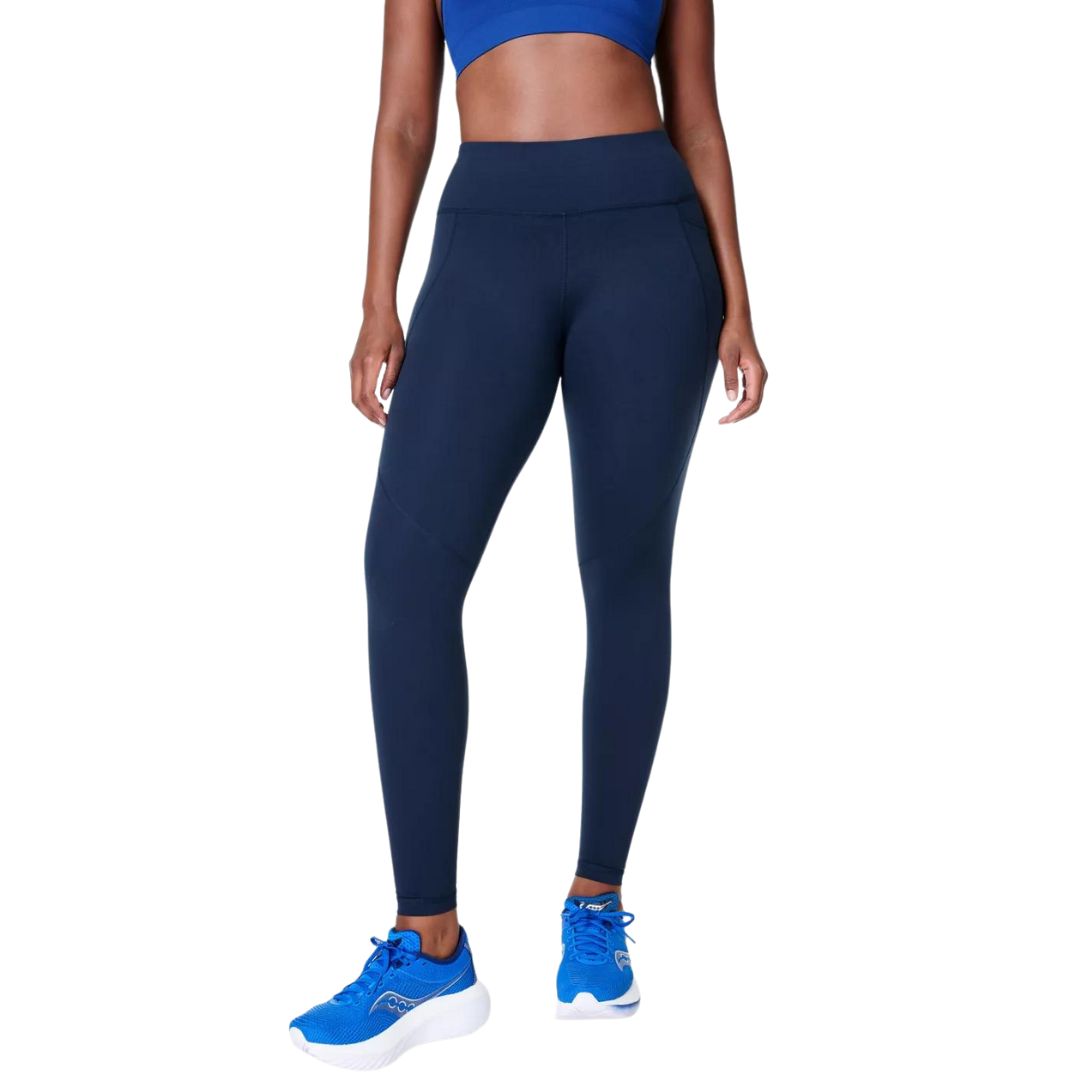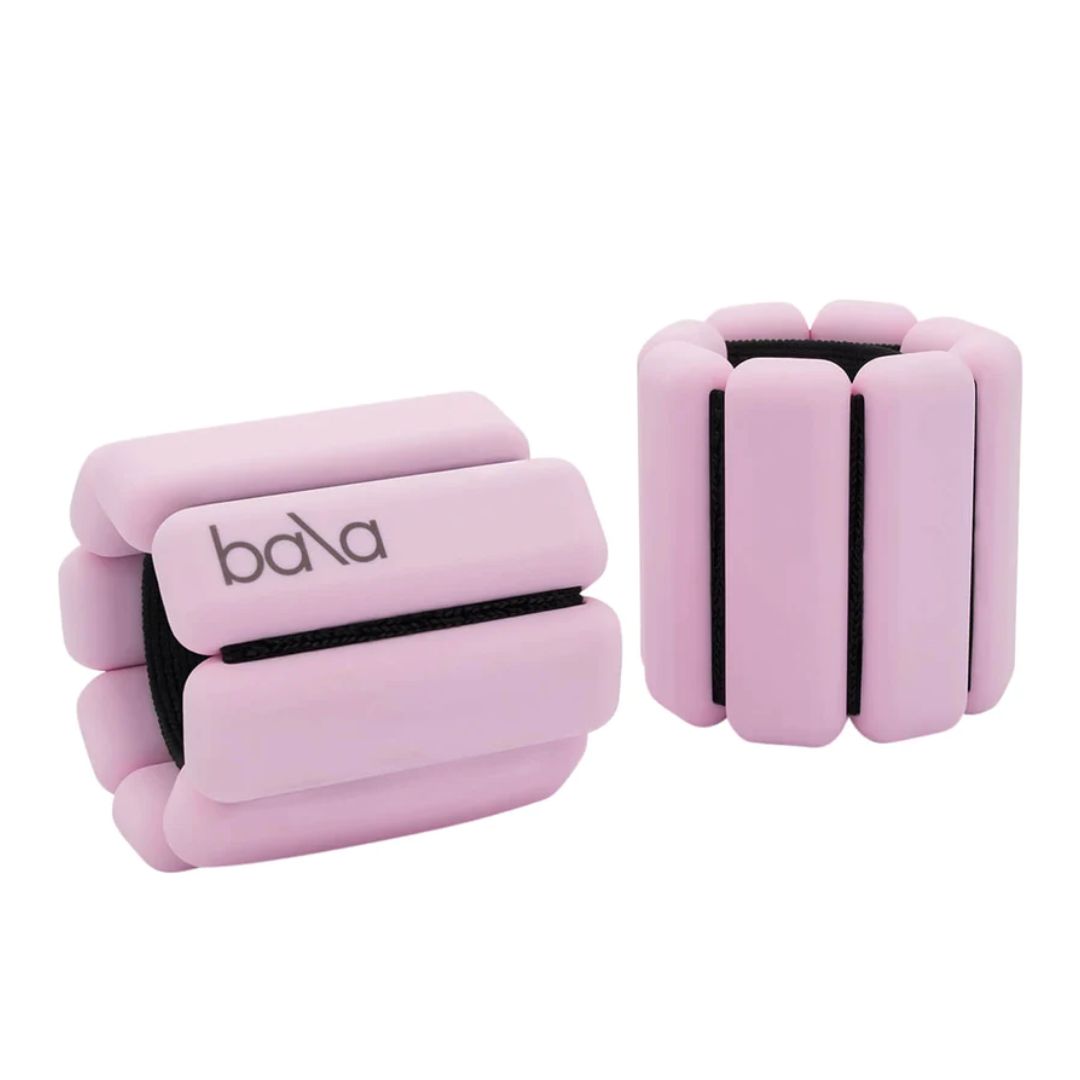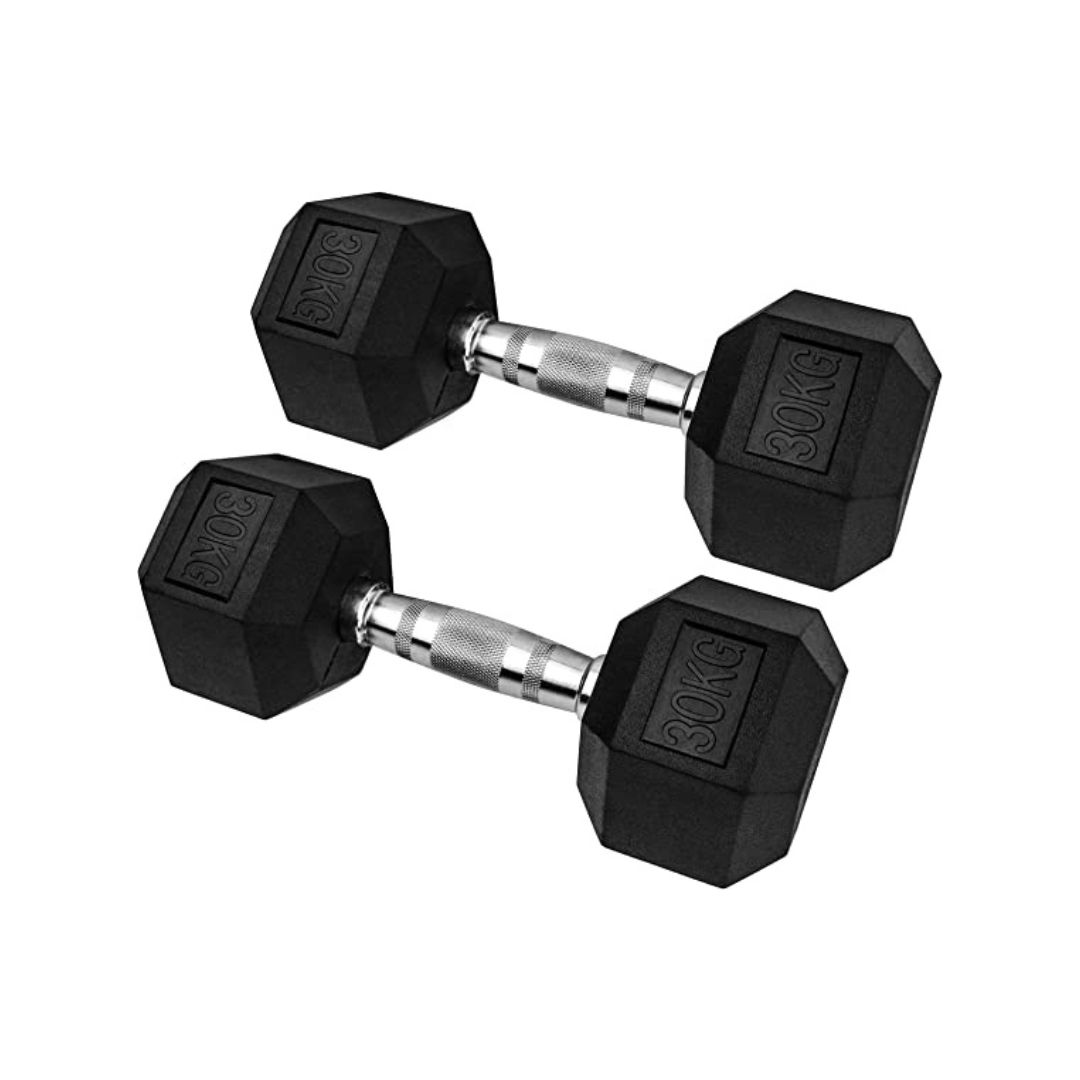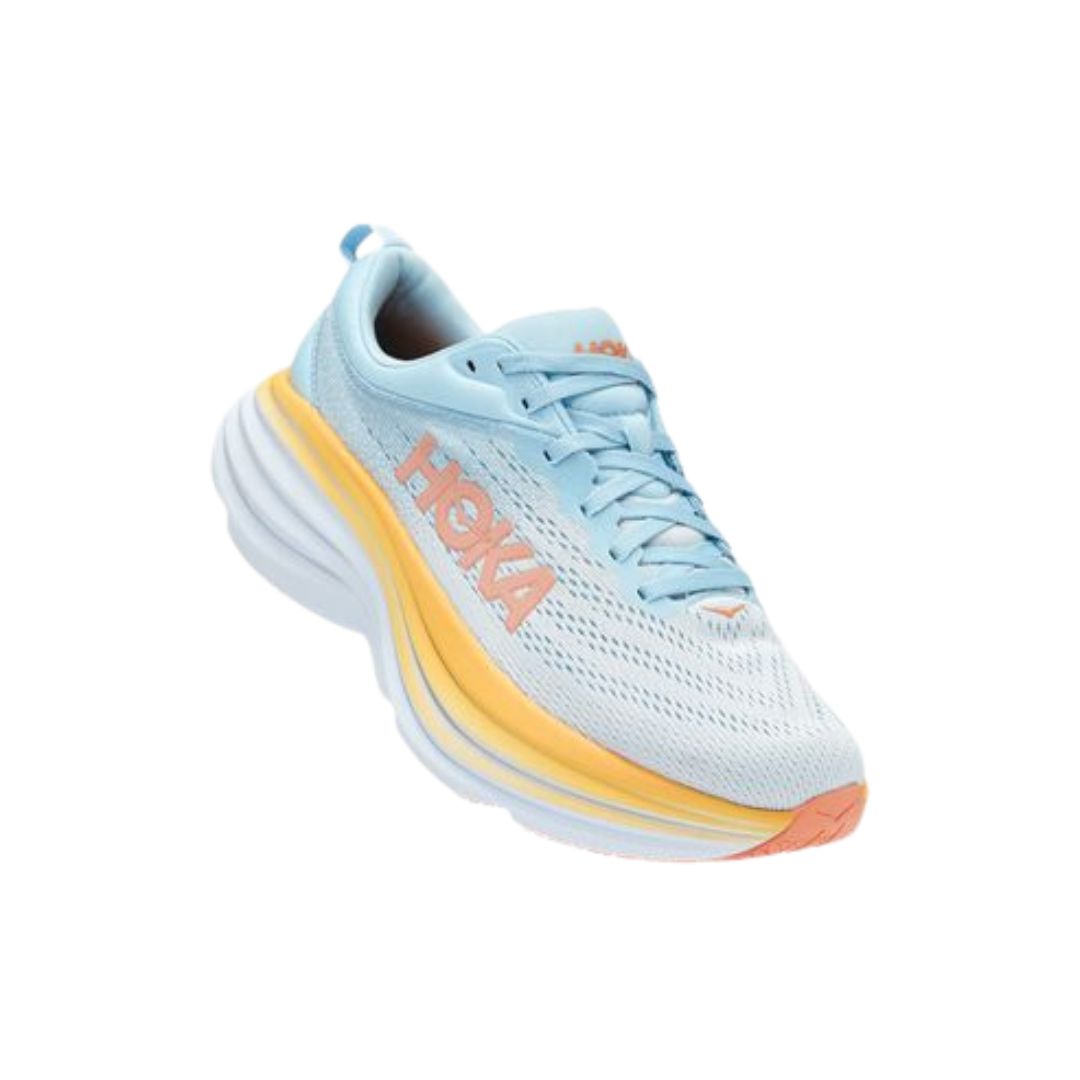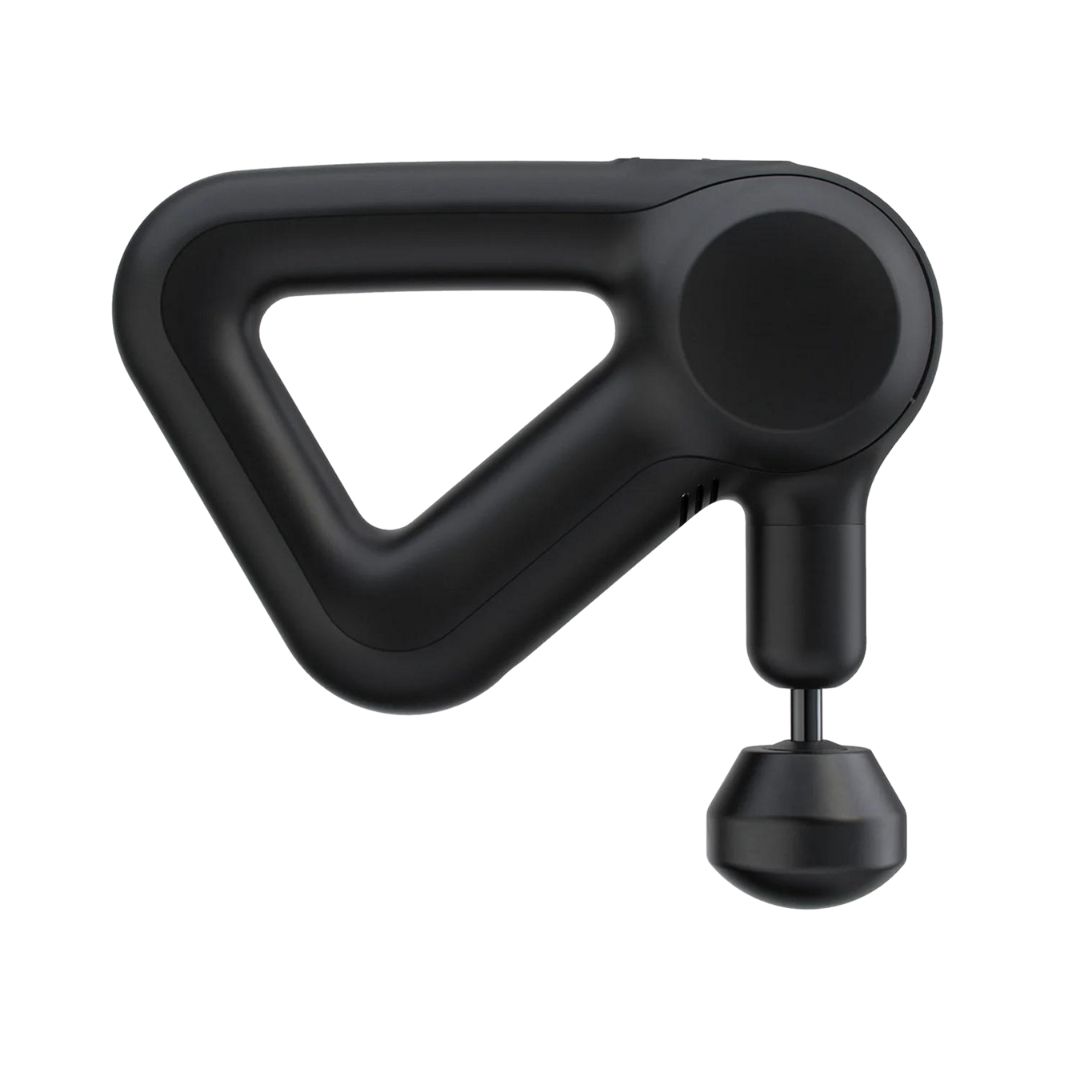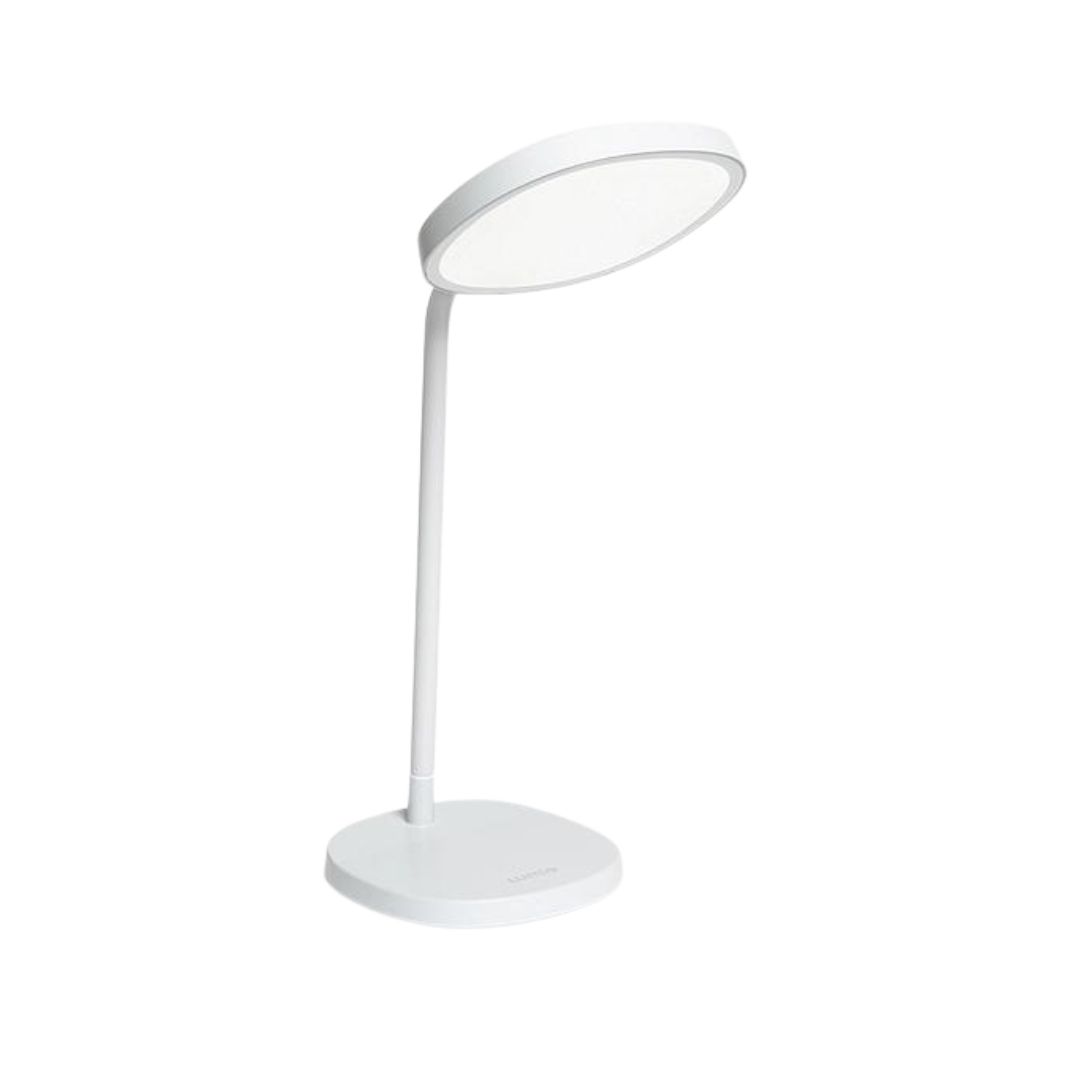Functional fitness workouts are trending – how they can dramatically improve both your strength and quality of life
"It's like upgrading your body to handle life better"

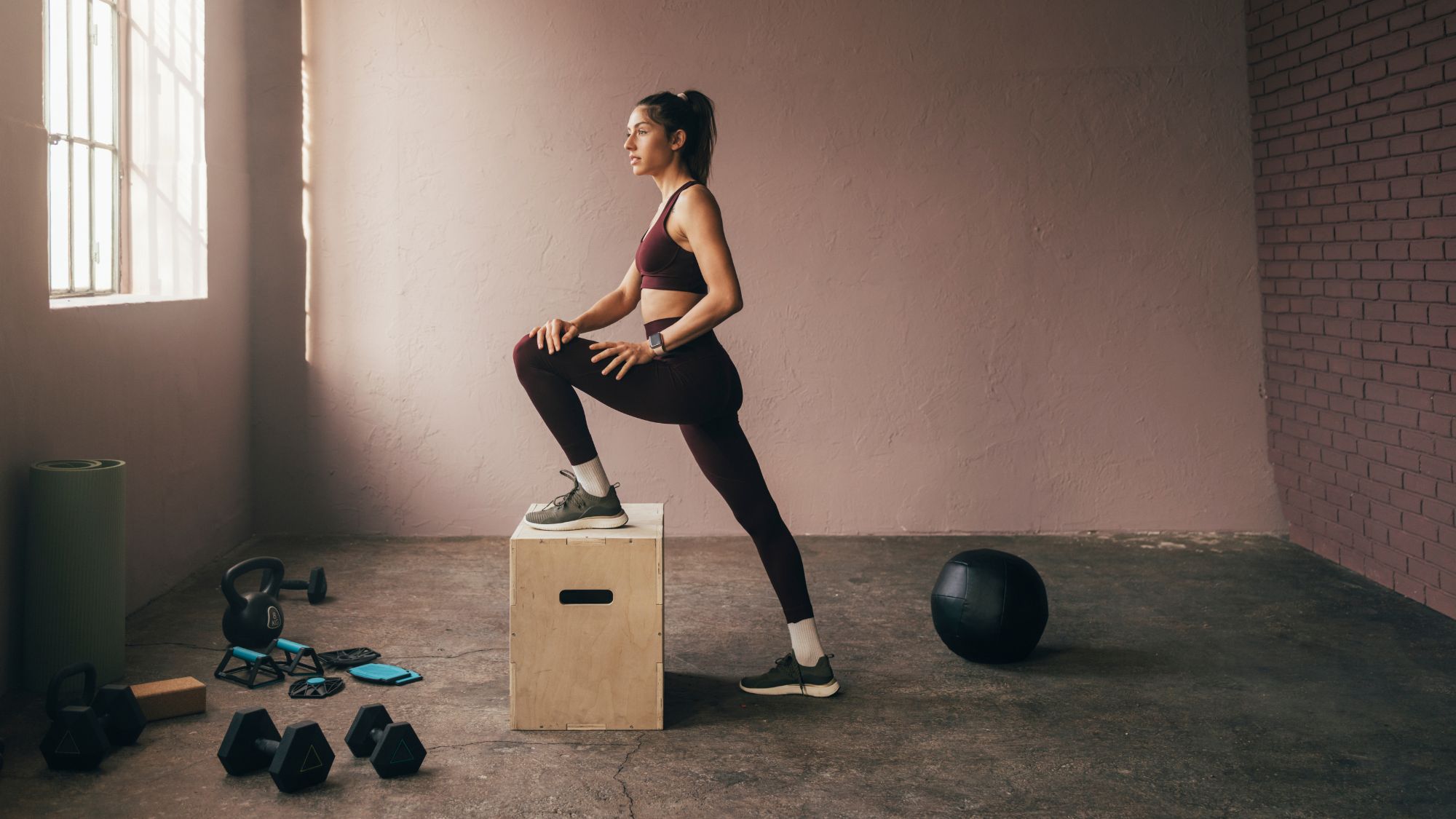
What separates functional fitness workouts from other viral exercise trends is the sheer value they offer in addition to muscle gains and PB potential. Because, while all workouts are purposeful, not all embody the kind of functionality that translates to real life.
Never heard of functional fitness workouts? Don't worry - we've got you. In short, it's a kind of strength training that prepares you for day-to-day tasks. Think workouts that build the kind of strength to enable you to carry your shopping bags from your car boot to the kitchen counter in a single trip, or lug your suitcase up a flight of stairs when station escalators are out of action.
There’s also evidence - as this 2021 paper highlights - to suggest that functional training can improve various elements of physical fitness, including speed, muscular strength, power, balance, and agility.
While here at Marie Claire UK, we tend to avoid making sweeping statements where wellness topics are concerned (everyone’s different, after all), as Jo Meyer, personal trainer and director at Nordic Balance, confirms: “functional fitness is something everyone should try and get into because it's all about making your day-to-day life easier and safer.”
Keen to read more? We thought you might be. Below, she shares her take on the trending workout, plus details on how to incorporate it into your daily life (no hour-long, unattainable sessions here). Keep reading, and do check out our guides to the benefits of strength training, strength training for beginners, and low impact strength training, while you're here.
How do functional fitness workouts improve your health and wellbeing?
What are functional fitness workouts?
In a nutshell, functional fitness workouts involve exercises that prime your body to handle real-life activities. “Think about your everyday tasks, like picking up groceries, climbing stairs, or playing with your kids,” says Meyer. “Functional fitness exercises are designed to train and develop your muscles to make it easier and safer to perform these daily activities.”
Unlike traditional weight training that often focuses on isolating specific muscles, according to Meyer, functional fitness exercises typically involve multiple joints and muscles working together. In other words: compound exercises. “For example, a squat is a functional exercise because it trains the muscles used when you rise up and down from a chair or pick up low objects,” she says.
Celebrity news, beauty, fashion advice, and fascinating features, delivered straight to your inbox!
What are the benefits of functional fitness workouts?
“By mimicking everyday movements you might do at home, at work, or in sports, functional fitness exercises help improve your balance, agility, and muscle strength,” Meyer says. And, because functional training has the potential to improve motor coordination ability, control ability, stability ability, and enhance overall strength, research suggests it can also reduce injury risk.
“Functional fitness workouts strengthen the muscles you use daily – this means you'll feel stronger and more capable in your daily activities, and you're less likely to pull a muscle doing mundane tasks,” says Meyer. “Plus, it's super practical – it's not about looking fit, but being fit in a way that directly benefits your daily life. So, whether you're young, old, a gym rat, or a newbie, functional fitness is a smart way to keep your body in top shape for the real world.”
What’s great about functional fitness workouts, is that you can do them sans equipment and expensive gym membership.
What is a functional fitness exercise?
Functional fitness workouts feature exercises that improve your strength, balance, flexibility, and endurance. Whether you know it or not, if you’ve done any kind of strength training before, you’ve probably done functional training.
“You might do a weight lifting exercise like squats, which are great because they mimic bending down and standing up – something we do all the time – or lunges, which are perfect for improving your balance and mimicking walking or climbing stairs,” says Meyer. In short: functional fitness workouts are similar in structure to your typical strength training workout, only there will be more of an emphasis on compound movements than those which isolate smaller muscle groups.
“Many functional exercises use your body weight or basic gear like dumbbells or resistance bands. It's like upgrading your body to handle life better,” says Meyer.
@oyindafitness Functional abs exercises 🫡
♬ Red Ruby Da Sleeze - Nicki Minaj
5 PT-recommended exercises to do in a functional fitness workout
1. Squats
What? "Squats are like the king of functional exercises," says Meyer. They mimic sitting down and standing up, which we do all the time. "To do them right, stand with your feet shoulder-width apart, keep your back straight, and bend your knees as if you're about to sit in a chair.
How to? "Go as low as comfortable, then stand back up," he advises. A great and simple compound movement for both your legs and glutes.
How long? Aim for ten to twelve reps, for three sets.
2. Lunges
What? Lunges replicate walking or climbing stairs – they engage the lower body and help to improve balance, too.
How to? "Step forward with one leg and lower your hips until both knees are bent at about a 90-degree angle. Make sure your front knee is directly above your ankle," Meyer says.
How long? Aim for ten to twelve reps, for three sets.
3. Push-ups
What? "Push-ups are fantastic because they mimic pushing movements we do in real life, like opening a heavy door," Meyer says.
How to? It's important, she says, to keep your body straight from head to toe when you're doing push-ups. "Lower yourself until your chest almost touches the floor, and then push back up. "They're great for strengthening your chest, shoulders, and triceps."
How long? Aim for ten to twelve reps, for three sets.

4. Planks
What? "Planks are all about core strength, essential for almost every movement," says Meyer. Core strength, we know, aids balance and stability and helps to reduce injury risk.
How to? "Lie face down, then lift yourself onto your elbows and toes, keeping your body straight," Meyer instructs. "Hold this position as long as you can."
How long? Aim for ten to twelve reps, for three sets.
5. Deadlifts
What? Deadlifts are functional because they mimic picking up something from the floor.
How to? "Stand with your feet hip-width apart, bend at the hips and knees, and grab your weight (like a barbell or a pair of dumbbells)," Meyer advises. "Keep your back straight, lift the weight by straightening your hips and knees, then lower it back down. They're amazing for your back, glutes, and hamstrings."
How long? Aim for ten to twelve reps, for three sets.
Shop MC UK's go-to workout kit:

Topping our guide to the best yoga mats is this super popular 5mm-thick mat that comes with a whole load of cushioning, visual alignment cues and moisture absorption. Put it this way: it’s a deliciously padded mat that you won't mind getting out of bed for.
Does functional fitness build muscle?
Short answer: yes, it will. According to a recent 2021 paper, functional fitness workouts, including compound movements like squats, deadlifts, lunges and planks, can boost not just muscular strength, but also your speed, power, balance, and agility.

Abbi Henderson is a freelance journalist and social media editor who covers health, fitness, women’s sport and lifestyle for titles including Women's Health and Stylist, among others.
With a desire to help make healthcare, exercise and sport more accessible to women, she writes about everything from the realities of seeking medical support as a woman to those of being a female athlete fighting for equality.
When she’s not working, she’s drinking tea, going on seaside walks, lifting weights, watching football, and probably cooking something pasta-based.



